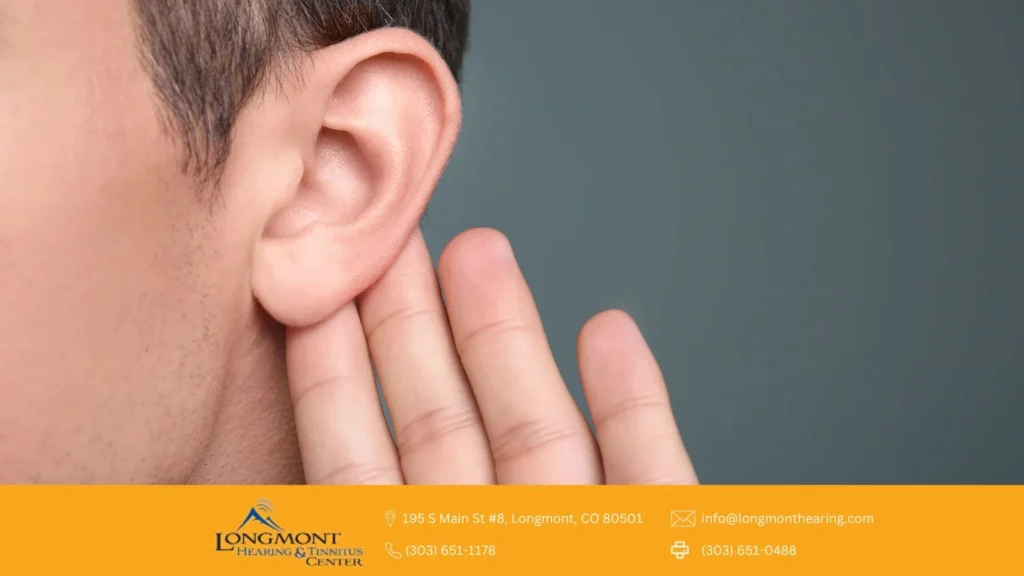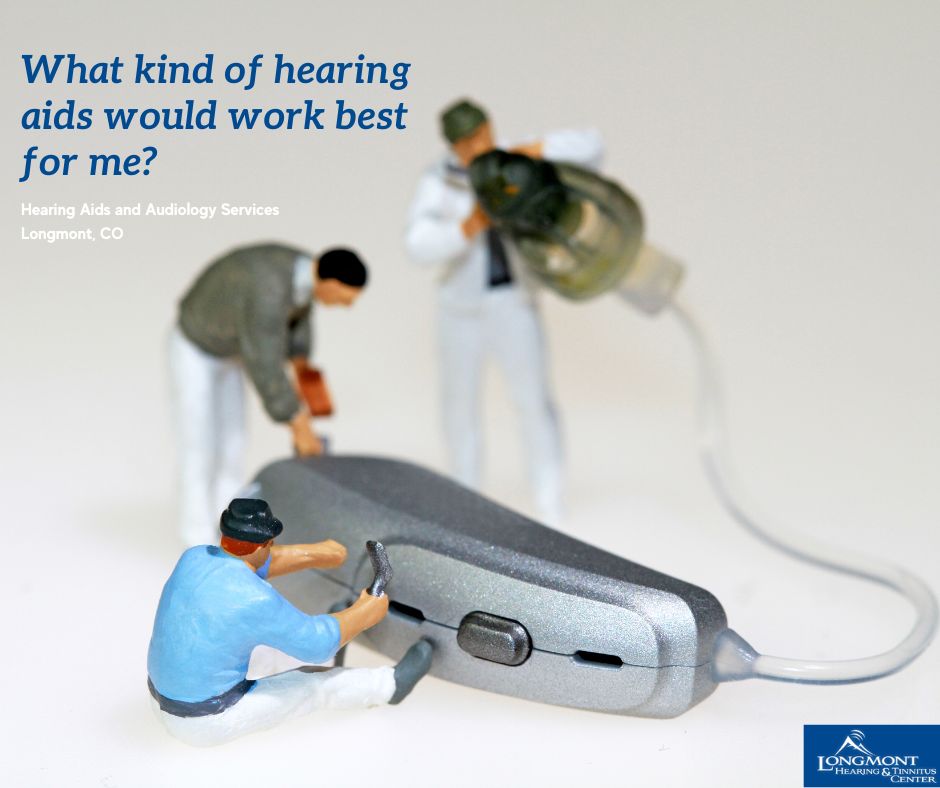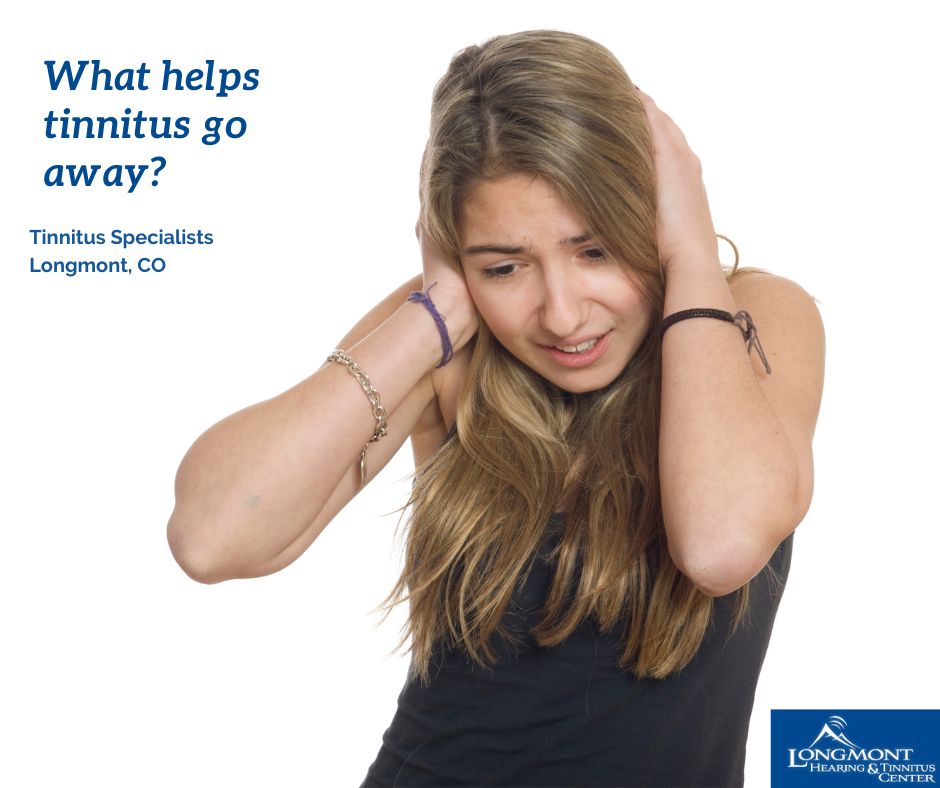
Why Do Ears Produce So Much Wax?
The human ear is a remarkable and intricate organ responsible for one of our most vital senses: hearing. Its internal workings are not only fascinating but also play a crucial role in maintaining ear health.
Cyber Monday Discount 20%
The COVID-19 pandemic has affected all areas of our lives, and the need to wear masks has made life extra difficult for those with hearing loss. The National Acoustic Laboratories (NAL) recently released a report on the many ways face masks and shields have been shown to challenge people with hearing loss. See below for the report, and as always, if there is anything we at Longmont Hearing and Tinnitus Center can help you with, reach out. We’re here to help, whether you need new hearing aids, an ear wax cleaning, or help with communication strategies.
The COVID-19 pandemic has increased the use of face masks and face shields among health professionals and the general public. The use of face masks is known to adversely impact on aspects of communication, and this has created unique challenges for the hearing-impaired community who may be put at a greater communication disadvantage than those with normal hearing.1 National Acoustic Laboratories (NAL) is aware of these challenges and is working to provide innovative research and solutions. The following aspects of communication may be impacted by the wearing of face masks/face shields:
Medical masks essentially serve as a low-pass filter, attenuating the high frequencies (2000-7000 Hz) spoken by the wearer, with the decibel level of attenuation ranging from 3-4 dB for a simple medical mask and close to 12 dB for the N95 masks.2 Cloth masks have also been found to attenuate higher frequencies by differing amounts (above 1000 Hz) depending on their composition and weave.3 While face shields also attenuate high frequencies, they amplify low frequencies so their overall effect on speech understanding is unclear, and research is ongoing.
Reduced discrimination may occur in an environment with a high level of noise, such as a hospital. Those with hearing loss may suffer more from mask effects than those with normal hearing because of their increased difficulty understanding speech in noise in most situations.
Auditory-visual speech, where both auditory and visual-speech cues (ie, lip, tongue, and face movements) are available, enhances speech perception.4-6 Those with hearing impairment rely more heavily on visual-speech information than those with normal hearing.7,8 Visual-speech cues help to counteract hearing difficulty experienced,6 particularly in a noisy environment.4,7 Cloth and medical masks block access to visual-speech cues including facial expressions and lip-movements. The impact of mask wearing on communication is likely to differ among people with hearing impairment depending on individual speechreading ability and reliance on auditory-visual speech. Individuals with early-onset, severe-to-profound hearing impairments have been found to have enhanced speechreading ability9 and may therefore experience a negative impact. Clearly, individuals who are totally reliant on lip-reading to communicate will experience a negative impact.10 Further research is required to explore the impact of masks on speech perception for people with hearing impairment, investigating factors such as the onset of hearing loss, degree of loss, and the use of hearing aids/cochlear implants.
Mask wearing has been found to have only a small impact on articulation and only minor effects on the airstream.11 Therefore, the ability to use the mouth to articulate appears to be not significantly hindered by the wearing of masks, although further research on this topic could be beneficial.
The combination of the above factors related to mask wearing, including the increased difficulty in understanding speech, room/noise reverberation, and the absence of visual cues can put people with hearing loss at a communication disadvantage in comparison to those with normal hearing.2,10
Typical masks (cloth and medical)
Both cloth and medical masks perform better acoustically than transparent masks.3 A major drawback of cloth and medical masks is the visual barrier these masks present to those in the hearing-impaired community who depend on nonverbal communication cues on the face.12-14
Transparent face masks (with windows made of plastic)
In comparison to opaque cloth masks, masks with plastic windows perform worse acoustically, reducing the high frequency sound cues that are crucial for speech more than opaque masks.3 Despite this, some studies have found that transparent masks improve speech understanding in noise by making the lips and mouth visually accessible.1 The issue of fogging of the clear plastic window (due to exhaled breath) is also a problem that manufacturers of these masks are currently attempting to overcome.
Face shields
It should be noted that a clear face shield is not considered to provide the same level of protection from infection as a face mask.15 In line with transparent face masks, face shields offer the benefit of visual input.3 Further research into the acoustic impact of face shields is needed; however NAL preliminary findings do not indicate a negative impact on speech intelligibility.16
The use of lapel microphones has been recommended to overcome some of the difficulties encountered with the use of masks. Masks tend to attenuate high-frequency sound in front of the talker, whereas microphones placed above and below the mask are less affected. To preserve visual cues without destroying high-frequency sound cues, the use of clear window masks in combination with lapel microphones has been recommended.3
For hearing aid wearers, NAL has provided a face mask program that increases gain to compensate for the reduced speech levels of a talker wearing a mask. This program can be accessed at NAL’s website at: https://www.nal.gov.au/nal-mask-adjust/.
Citation for this article:
Martin L. NAL update: Impact of face masks and face shields on communication. Hearing Review. 2020;27(10):28-29.
Other Resources

The human ear is a remarkable and intricate organ responsible for one of our most vital senses: hearing. Its internal workings are not only fascinating but also play a crucial role in maintaining ear health.

Hearing loss affects millions of people worldwide. It can be caused by various factors, including exposure to loud noises, aging, and certain medical conditions. The type and severity of hearing loss vary from person to

Hearing aids come in various styles, features, and technology levels to suit different needs and preferences. Choosing the right hearing aid can be overwhelming. You might wonder, “What kind of hearing aids would work best

Tinnitus (ringing in the ears) is the perception of a sound that has no external source. Some of the more common sounds reported are ringing, humming, buzzing, or cricket-like. It can be constant or intermittent